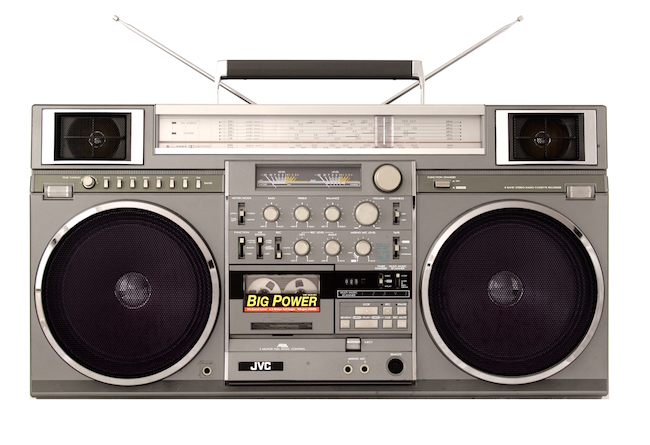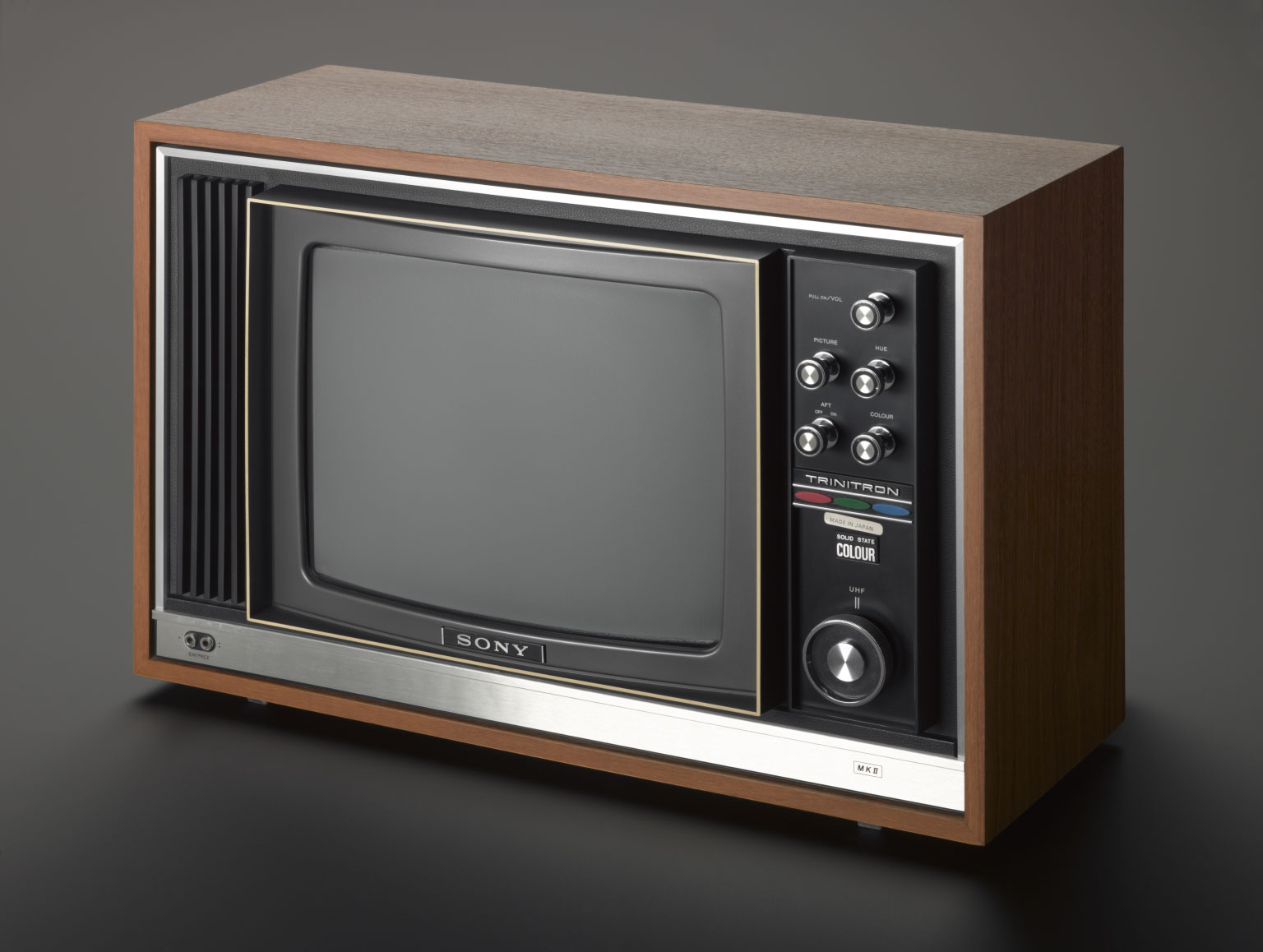Modernity: JVC RC-M90 | Sony Trinitron TV
The box is the common manifestation of all modernity’s miracles – the idiot box (television), the boom box (the cassette player), the juke box (the juke box), the black box (both a form of experimental theatre and the data recorder of an aeroplane), the magic box (whatever). What God was to the traditional world, the box is to the modern world. Christians worship God; atheists worship the box. (This is why Christian churches in the form of a box never work.) However, that doesn’t make the box a pagan symbol. Rather, it makes it a symbol of overcoming the need for a god: the most powerful signal that God is indeed dead, replaced by rational perfection. (Is it a coincidence that the box was so emphatically embraced by the Communist world?) The box is the perfect antimyth. (Even the box’s best-known myth, Pandora’s box, exists only because Erasmus made an error translating Hesiod’s tale of Pandora, confusing pithoi, a large jar, with pyxis, a box). For defenders of the sacrosanct, the box is a derogatory term. Sanctuaries are often rectangular prisms, but to refer to them as boxes would be disrespectful. The box is appropriate only as a nom de guerre, as a collective name (a container?) for all that is discarded: an object of worship for the disenfranchised. The box is without identity. That is usually viewed as something negative. Still, it is precisely in its anonymity that the general appeal of the box resides.

JVC RC-M90, manufactured in 1981.

Trinitron is Sony's brand name for its line of aperture-grille-based CRTs used in television sets and computer displays. One of the first truly new television systems to enter the market since the 1950s, the Trinitron was announced in 1968 to wide acclaim for its bright images, about 25% brighter than common shadow mask televisions of the same era.